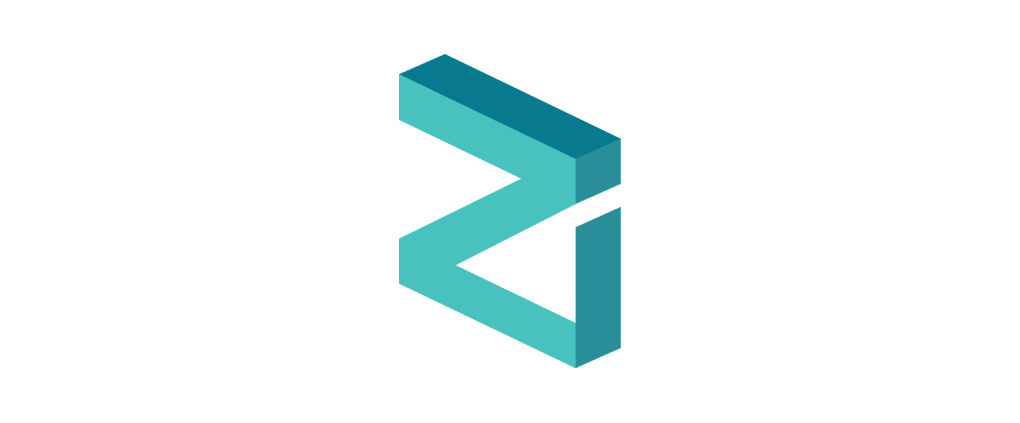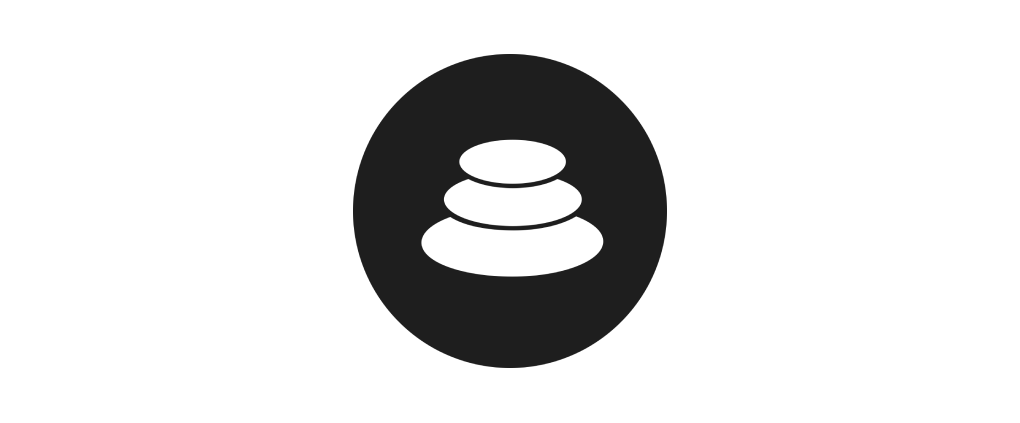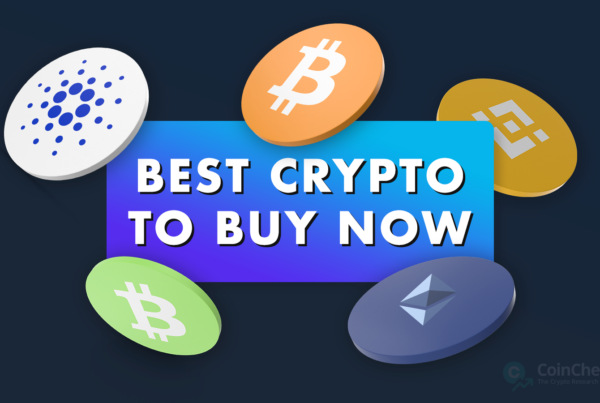The total cryptocurrency market capitalization is slowly climbing towards $2.4 trillion as we progress towards the end of Q3 2021. Week 35 has been all about smart contract blockchains since Ethereum (ETH), Solana (SOL), Polkadot (DOT), and even oracle provider ChainLink (LINK) all posted weekly gains of over 20%. Even though Bitcoin did climb up a few percent as well and is approaching a market cap of $1 trillion, BTC dominance is still declining and will likely soon reach 40% if the downward trend continues. While it may not be enough to call it “altcoin season” just yet, the past month was, for sure, an “altcoin month”. It is therefore not surprising, that our Top 3 Coins to Watch article focuses on altcoins for the third week in a row.

1. IOTA (IOTA)
IOTA is a distributed ledger protocol designed to facilitate machine-to-machine transactions on the internet of things (IoT), which is a network of smart devices with different functionalities that can interoperate and communicate with each other. Since the IoT sector is growing exponentially IOTA is designed to be infinitely scalable. Furthermore, IOTA blockchain had no transaction fees, which is perfect for micro and nano-payments, which are often used in the IoT. IOTA operates as a peer-to-peer network and relies on a proprietary technology called Tangle to perform consensus and confirm transactions. IOTA has a total supply of 2779530283277761 IOTA with all the tokens being created at launch in 2015 and none minted afterwards. The IOTA development team is based in Germany and the IOTA foundation cooperates with several high-profile advisors.
Hornet protocol update causes IOTA to double its price
After reaching a local low of $0.96 on September 1, the price of IOTA surged by 55% to reach an intraday high of $1.65 on September 2. The price climb coincided with a 234% growth in the 24-hour trading volume, which reached as high as $681 million. The large increase in interest for the project and subsequently IOTA trading activity can be explained by the roll-out of the Hornet protocol update, which hit the IOTA network on September 2. The update brought back the auto-peering feature and significantly simplified the process of running a private ‘Tangle’ by integrating a faucet plugin with the Hornet node. IOTA rally peaked at $2.06 on September 5. While IOTA has since dipped back below $2, the project has many more updates that could fuel even higher rallies scheduled down its roadmap. The project is currently transitioning to IOTA 2.0 that will feature complete decentralization (the coordinator node will be removed in an even called “Coordicide”). IOTA 2.0 will also allow its users to create digital assets like utility coins and non-fungible tokens on the IOTA network. The IOTA Foundation recently launched the Nectar Development Network, which became “the first fully decentralized, feeless data and value protocol prototype”. The Nectar DevNet is a crucial milestone in the preparatory work for IOTA 2.0, estimated to release in late 2021. Another game-changer will be the deployment of smart contract functionality. According to the roadmap info, developers are currently working on a Beta release of the IOTA Smart contract protocol. You can find more recent news about IOTA in the project’s weekly QuickTakes video.

2. Zilliqa (ZIL)
Zilliqa is a high-performance blockchain platform that aims to solve the scaling issues that most of the popular blockchains are facing without compromising the security of transactions. Zilliqa achieves that by incorporating sharding technology, which means that nodes are broken down into groups of 600, i.e., shards, that can run many sub-blockchains simultaneously. As more mining nodes join the network, the network’s throughput increases. The blockchain utilizes a unique consensus algorithm, a combination of Byzantine Fault Tolerance (BFT) and the standard Proof of Work (PoW) mining algorithm is used. In addition, Zilliqa supports smart contracts and has an active community of both users and developers, which is crucial for the long-term success of a blockchain platform.
Zilliqa Adoption on the Rise: The project Recorded 150,000 New Users every month since April
Zilliqa recently published its Ecosystem Growth Report for Q2 2021, which, among other things, sheds light on the amazing growth of the ecosystem’s userbase. The report notes that the number of unique Zilliqa addresses grew by more than 35% in Q2 2021 and exceeded 2 million at the end of the quarter. According to an official tweet, the ecosystem has been recording more than 150k new addresses every month even though the exponential growth of users that reached its peak in April 2021 is over. The increased influx of users can be attributed to the general surge in demand for DeFi and NFT services. All other social statistics, such as Reddit, Telegram, YouTube subscribers and Twitter followers were also up in Q2 2021, indicating that real new users are likely behind the newly created addresses as opposed to old users creating new addresses. In addition to the increased demand for ZIL that could arise from the growing userbase, the blockchain’s native asset is also being made scarcer by transaction fee burning (6.56 million ZIL with an estimated value of over $1 million have been burned in Q2 2021) and the fact that 5.87 billion ZIL, taking up almost half of the ZIL’s total circulating supply are locked in DeFi protocols through staking. At the time of writing, ZIL is trading around the price of $0.130 and the cryptocurrency is up by 20% in the past week. You can find more information about the project’s recently established partnerships and the eight start-ups accepted in the ZILHive 2021–2022 Accelerator program, in Zilliqa’s August newsletter.

3. Balancer (BAL)
Balancer is an automated market maker (AMM), decentralized exchange (DEX), and liquidity pool protocol that allows users to swap their ERC-20 assets without having to rely on any centralized entities. Rather than using order books Balancer DEX, directly swaps one asset for another via user-created liquidity pools. Balancer is developed by BlockScience, a blockchain consulting company that raised $3 million in March 2020 for the development of its AMM protocol. Thanks to the wide selection of innovative features that set Balancer apart from its competition, the protocol quickly rose became popular among DeFi users. Balancer (BAL) token is the protocol’s governance token. 145,000 BAL are distributed among liquidity providers as a reward each week.
Balancer Launches on Arbitrum in a Bet to Significantly Reduce Gas Fees and Scale Liquidity
In a recent press release, the Balancer protocol developers announced that they are launching support for the popular AMM protocol on Arbitrum, a leading Ethereum layer-2 scaling solution. Like many other DeFi projects, Balancer made this move in an effort to significantly reduce gas costs and scale liquidity on their AMM protocol. Lower fees and even higher liquidity will make Balancer an even better product that is going to be more likely to attract new users or convince users of other similar protocols to start using Balancer instead. Furthermore, according to this April announcement, Balancer is expected to soon launch on Algorand as well. After this integration, which is scheduled for Q3 2021, Balancer is going to become the first AMM available for use by the Algorand community, allowing Algorand users to create programmable liquidity pools and trading pairs with any Algorand Standard Asset (ASA). The additional positive piece of news is that BAL has been listed on the KuCoin exchange on September 2, which further increased the number of BAL on-ramps.



